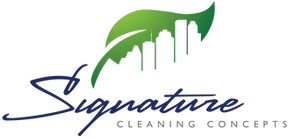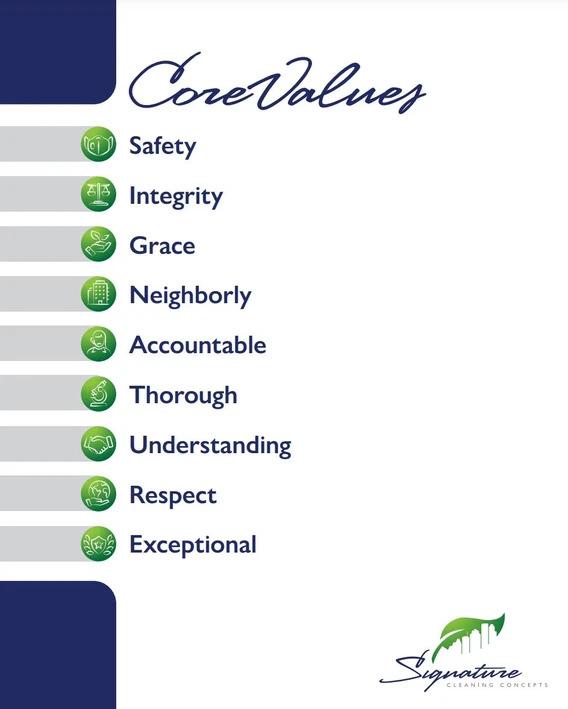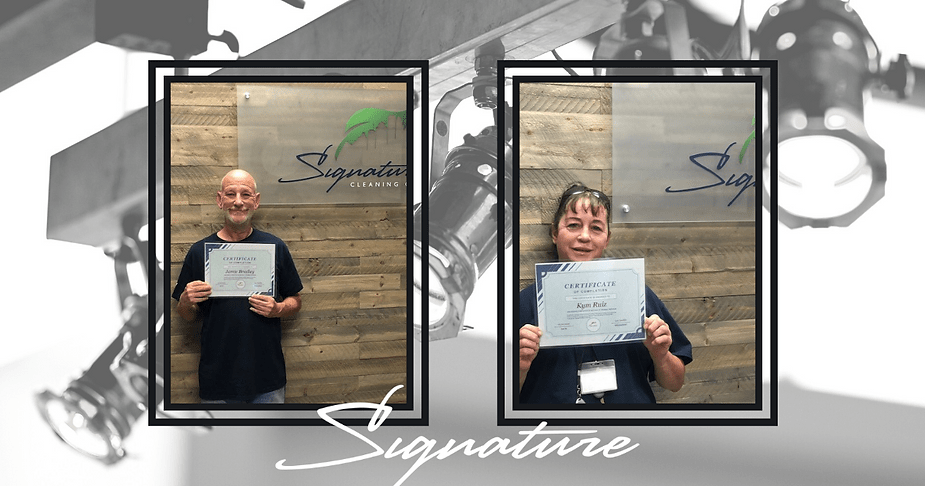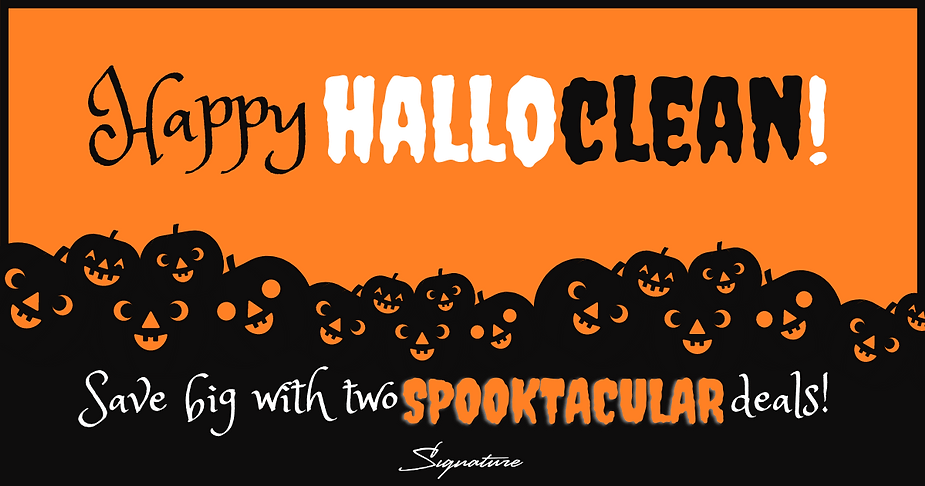Why Daycare and Preschool Cleaning Requires More Than Just a Mop
Daycare and preschool facilities face unique cleaning challenges that standard janitorial services simply cannot address. With children constantly touching surfaces, sharing toys, and exploring their environment, these facilities become breeding grounds for germs and bacteria. Unlike office buildings or retail spaces, childcare centers require specialized cleaning protocols that account for both the vulnerability of young children and the high-risk nature of their daily activities.
This comprehensive guide will reveal why traditional cleaning methods fall short in childcare environments and outline the science-based approaches necessary to create truly safe, healthy spaces. You’ll discover the critical differences between cleaning, sanitizing, and disinfecting, learn about advanced preschool cleaning technologies designed for childcare facilities, and understand why professional expertise is essential for protecting the children in your care.
By the end of this guide, you’ll have the knowledge to evaluate your current cleaning practices and make informed decisions about creating the safest possible environment for children, staff, and families.
The Science of Germs in a Childcare Setting
Understanding High-Touch Surfaces
Requires recognizing that children interact with their environment differently than adults. Every doorknob, toy, table, and nap mat becomes a potential transmission point for pathogens. Research shows that children touch their faces an average of 300 times per day, making surface contamination a direct pathway to infection.
Common Pathogens in Daycares
Present serious health risks that demand targeted cleaning strategies. Norovirus can survive on surfaces for weeks, while Influenza and Rhinovirus remain viable for days on commonly touched items. These pathogens require specific disinfectants with proven efficacy rates and proper contact times to ensure elimination.
Children’s Developing Immune Systems
Make them particularly vulnerable to infections that might not affect adults. Young children lack the antibodies and immune responses that protect older individuals, making environmental cleanliness crucial for their health. Studies demonstrate a direct correlation between professional grade cleaning protocols and reduced absenteeism in childcare facilities, highlighting the importance of maintaining consistently clean environments.
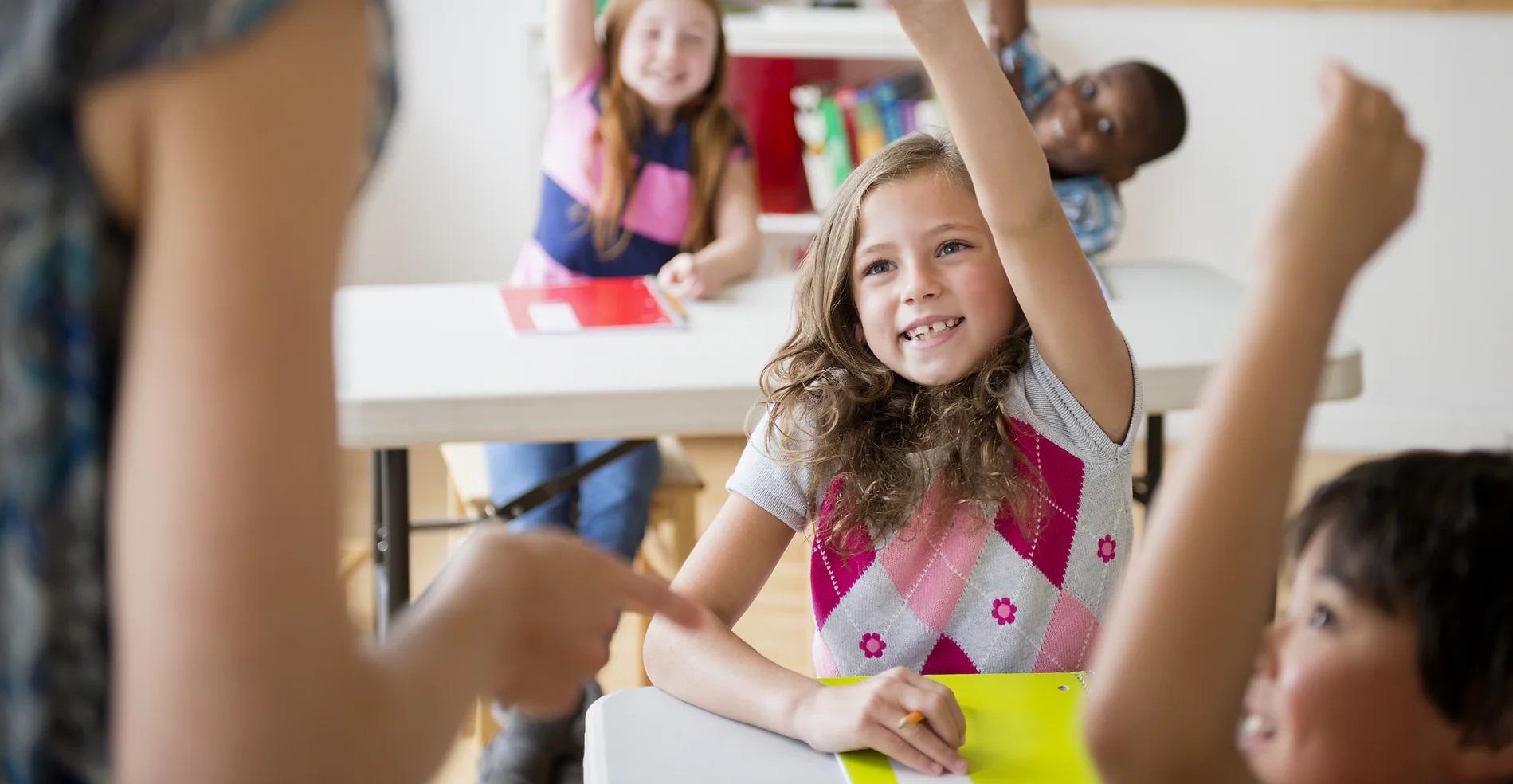
Cleaning vs. Sanitizing vs. Disinfecting: A Critical Distinction
Cleaning: The First Essential Step
Involves the physical removal of dirt, debris, and visible contaminants using soap or detergent and water. While cleaning reduces germ numbers and removes the organic matter that can harbor pathogens, it does not kill microorganisms. This crucial first step prepares surfaces for effective sanitizing or disinfecting by removing barriers that could prevent chemical disinfectants from reaching and eliminating germs.
Sanitizing: Lowering Germs to a Safe Level
Reduces bacterial counts to levels deemed safe by public health standards, typically used for food-contact surfaces like high-chair trays and kitchen counters. Sanitizers work faster than disinfectants but are less comprehensive in their pathogen elimination.
Disinfecting: Eliminating Pathogens
Uses EPA-registered chemical products specifically designed to kill germs, viruses, and bacteria on surfaces. Proper disinfection requires understanding “dwell time”—the amount of time a disinfectant must remain on a surface to achieve its claimed kill rate. Areas like restrooms, diaper changing stations, and isolation areas for sick children require disinfection protocols that ensure complete pathogen elimination.
Key Focus Areas for a Thoroughly Clean Daycare
Classrooms and Play Areas
Demand comprehensive cleaning strategies that address the complex mix of surfaces and materials children encounter daily. Toy cleaning protocols must account for different materials—hard plastic toys can be immersed in disinfectant solutions, while soft toys may require washing or specialized treatments.
Restrooms and Diaper Changing Stations
Represent the highest-risk areas for pathogen transmission in any childcare facility. These areas require step-by-step cleaning and disinfecting procedures after each use, not just at the end of the day. Proper protocols include thorough cleaning of toilets, sinks, and changing tables, followed by appropriate disinfection with products proven effective against enteric pathogens.
Kitchens and Eating Areas
Must meet food safety standards while addressing the unique challenges of feeding young children. High chairs, tables, and floors require immediate attention after meals to remove food residue that can harbor bacteria and attract pests.
The Importance of Child-Safe Cleaning Products
Identifying Harmful Chemicals
Becomes critical when cleaning spaces where children spend their days. Traditional cleaning products often contain harsh chemicals like bleach and ammonia that can cause respiratory irritation, skin sensitization, and other health problems in young children. Volatile Organic Compounds (VOCs) found in many commercial cleaners can compromise indoor air quality and trigger asthma or allergic reactions.
Choosing Green and Non-Toxic Solutions
Requires understanding product labeling and certifications that indicate both safety and efficacy. EPA-registered, hospital-grade disinfectants can provide pathogen elimination while maintaining child safety when properly selected. Products labeled as “low-VOC,” “biodegradable,” or certified by recognized green cleaning programs offer safer alternatives without compromising cleaning effectiveness.
Proper Application and Ventilation
Ensure that even child-safe products are used in ways that maximize safety and effectiveness. Following manufacturer instructions for dilution ratios and contact times maintains product efficacy while preventing overexposure to chemicals. Adequate ventilation during and after cleaning helps clear any residual fumes and maintains healthy indoor air quality.
Advanced Cleaning Technologies for Modern Daycares
Electrostatic Disinfecting
Represents a breakthrough in comprehensive surface coverage that addresses the complex shapes and hard-to-reach areas common in childcare environments. This technology charges disinfectant particles positively, causing them to wrap around and adhere to all surfaces of objects, including the undersides and back sides that traditional spraying might miss.
Microfiber Cleaning Systems
Trap and hold significantly more dust, dirt, and bacteria than traditional cotton materials, improving cleaning effectiveness while reducing the need for chemical products. Color-coded microfiber systems prevent cross-contamination by designating specific colors for different areas—red cloths for restrooms, green for kitchens, blue for general surfaces.
High-Filtration HEPA Vacuums
Capture particles as small as 0.3 microns with 99.97% efficiency, removing not just visible dirt but also microscopic allergens, dust mites, and airborne bacteria that can affect indoor air quality. For children with asthma or allergies, HEPA filtration can significantly improve their comfort and health during their time at the facility.
Developing a Consistent Cleaning Schedule and Checklist
Daily Cleaning Tasks
Form the foundation of effective facility hygiene and must be performed consistently to maintain safe conditions. Non-negotiable daily duties include disinfecting all high-touch surfaces multiple times throughout the day, thorough cleaning and disinfecting of restrooms after each use, and proper floor cleaning that addresses both safety and sanitation.
Weekly and Monthly Deep Cleaning
Addresses areas and tasks that don’t require daily attention but are crucial for maintaining overall facility cleanliness and safety. Deep cleaning tasks include carpet extraction to remove embedded dirt and allergens, high dusting of light fixtures and ceiling fans, and thorough window washing that maintains natural light quality.
Documentation and Accountability
Ensure that cleaning tasks are completed consistently and provide evidence of proper facility maintenance for regulatory compliance and parent confidence. Professional cleaning services provide detailed checklists and completion logs that demonstrate thoroughness and reliability.
DIY Cleaning vs. Hiring a Professional Service
The Limitations of an In-House Approach
Become apparent when considering the specialized knowledge, equipment, and products required for effective childcare facility cleaning. Staff members are often already overworked with childcare responsibilities and lack the specific training needed for proper disinfection protocols and safety procedures.
The Advantages of a Professional Cleaning Partner
Include specialized expertise in childcare cleaning standards, comprehensive training in safety procedures, and access to industry-best equipment and products. Professional services provide reliability and consistency through scheduled cleaning that maintains high standards regardless of staff availability or other facility demands.
Making a Cost-Effective and Safe Choice
Requires comparing the true costs of in-house cleaning—including staff time, supplies, equipment, training, and potential liability—against the comprehensive value of professional services. Professional cleaning reduces liability risks, enhances facility reputation, and can serve as a key selling point when marketing to prospective families.
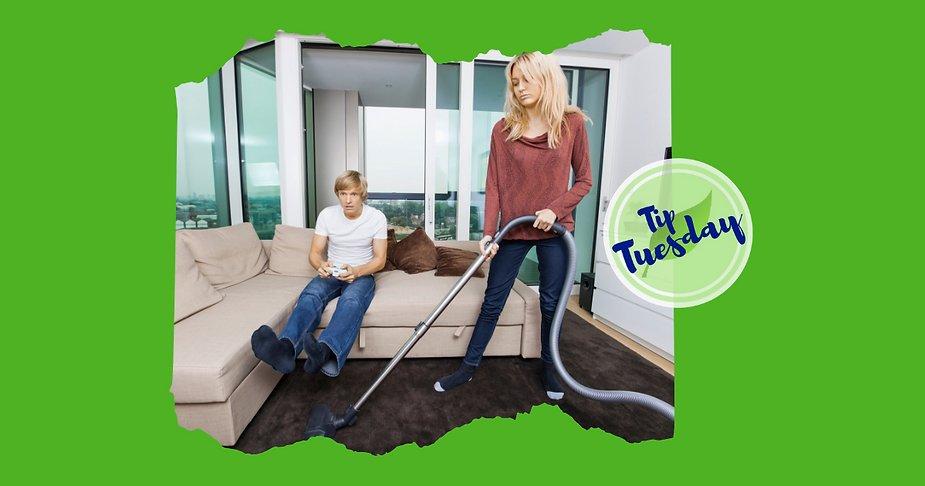
Signature Cleaning, LLC: Your Partner in Childcare Facility Cleaning
Our Commitment to the Signature Standard
Reflects our understanding of the immense responsibility involved in maintaining safe, healthy environments for children. Honesty. Integrity. Reliability. These core values guide every aspect of our service delivery to daycare and preschool facilities.
Our Specialized Daycare Cleaning Services
Utilize child-safe, EPA-approved disinfectants and advanced cleaning technologies specifically selected for childcare environments. We develop customized cleaning plans that address all critical areas, from playrooms and classrooms to restrooms and kitchen facilities, ensuring comprehensive coverage without gaps that could compromise safety.
Why Schools and Daycares Trust Us
Stems from our commitment to accountability, communication, and results. We provide detailed cleaning checklists and maintain consistent communication with facility directors to ensure complete transparency in our service delivery. Our proven track record includes helping facilities reduce absenteeism rates and providing peace of mind for parents, staff, and administrators.
Protecting Your Most Important Asset: The Children
Effective daycare and preschool cleaning extends far beyond basic surface wiping and floor mopping. The scientific approach required includes proper understanding of pathogen transmission, appropriate use of cleaning versus sanitizing versus disinfecting procedures, and consistent application of child-safe products and advanced technologies. Professional cleaning is an investment in health, safety, and success that protects children, supports staff, and enhances your facility’s reputation in the community.
The complexity of maintaining truly clean and safe childcare environments makes professional expertise not just helpful, but essential. Ensure your daycare meets the highest standards of cleanliness and safety. Contact Signature Cleaning, LLC today for a free, no-obligation consultation and discover how our specialized childcare cleaning services can help protect your facility, your staff, and the children who depend on you.
https://www.google.com/maps?cid=5464939504344514741
